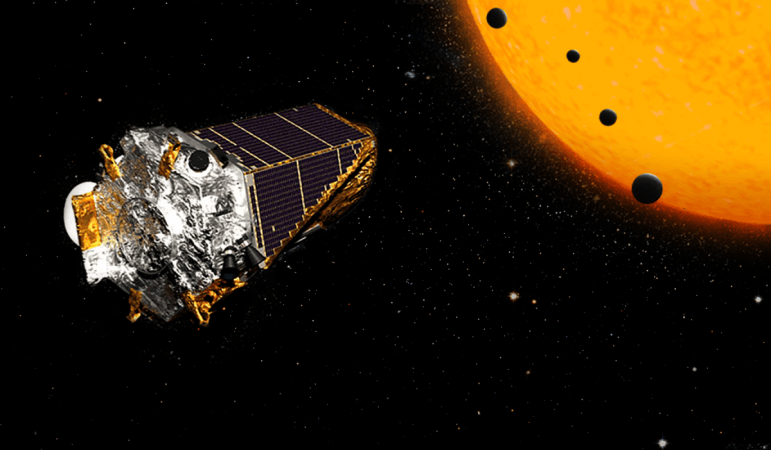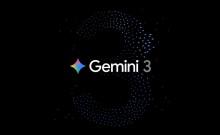
Google has made their alien planet-hunting artificial intelligence (AI) program available to the general public, so anyone can use it to mine Nasa's Kepler data in search of exoplanets from the comfort of their home.
Last December, researchers were able to find two never-before-seen exoplanets hiding in plain sight in the Kepler Space Telescope's data. However, the actual hunting and searching were not done by the humans, it was done by Google's neural network that was modeled after the human brain.
The patterns that the AI picked up is not something that human researchers would have been able to notice. Google has now announced that they are making the code used to run the AI open source and freely available to everyone.
"We hope this release will prove a useful starting point for developing similar models for other NASA missions, like K2 (Kepler's second mission) and the upcoming Transiting Exoplanet Survey Satellite mission," wrote Chris Shallue, Senior Software Engineer, Google Brain Team in the Google research blog.
The Kepler mission was launched in 2009 with the intention of looking for alien planets, but the stars that Kepler looks for is normally too far away to directly see and study if there are any planets revolving it, notes a report by Motherboard(MB). So for researchers to conclude that there is a planet circling a distant star, they look for dips in the brightness of the light coming from it.
When a large body, like a planet moves in front of a star, there is a drop in light. Every time this happens, Kepler stores the data for further analysis by a human researcher. The problem though is that over 4 years, Kepler was able to capture over 150,000 data points.
That is too much data for researchers to sift through, so they chose 30,000 signals for analysis and found 2,500 expolanets. So, in the 120,000 signals that they ignored, there was bound to be more stars.
This is where Google's AI stepped in. NASA researchers trained the AI based on 15,000 analyses that they had previously done and the machine learning took over from there and trained itself.
The algorithm is available for free download and use on Github. The MB report mentions that there are detailed instructions also provided on how to use it. Kepler data is also free for use.
While some knowledge of TensorFlow and Python would be needed to operate it, Google feels it is one way for people to get a hands-on experience about how neural networks work.















